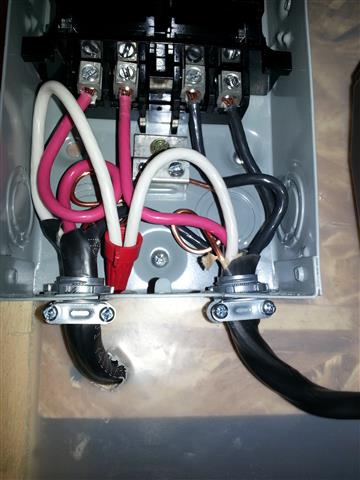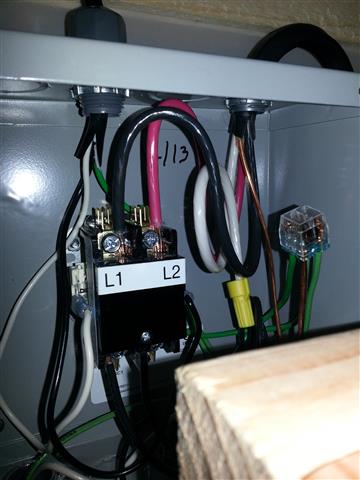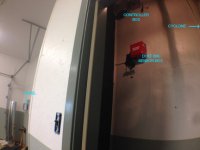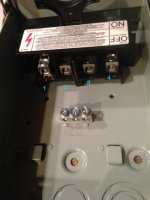Fingerpicker
New member
Thanks Bababrown,
That is what I thought it would be but wanted some confirmation. I left the wire cap on the P3, T1 and T1 jumper from the factory and wire-nutted the T1 jumper to the T5. In this way, T1, T5, and P3 are all tied together in the junction box. I am now almost ready to call a strong neighbor to help lift the motor assembly up onto the motor mount.
Kim Kasdorf (Fingerpicker)
That is what I thought it would be but wanted some confirmation. I left the wire cap on the P3, T1 and T1 jumper from the factory and wire-nutted the T1 jumper to the T5. In this way, T1, T5, and P3 are all tied together in the junction box. I am now almost ready to call a strong neighbor to help lift the motor assembly up onto the motor mount.
Kim Kasdorf (Fingerpicker)




